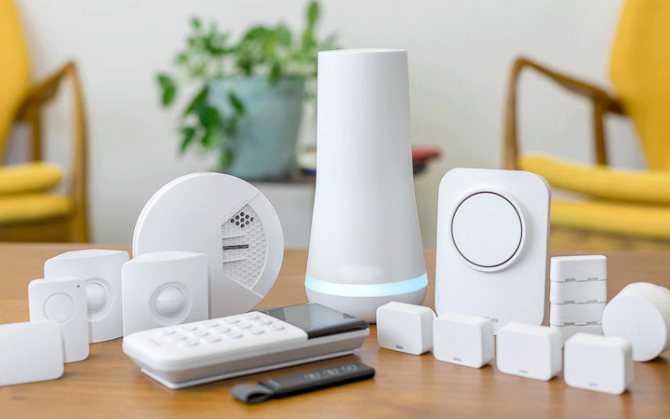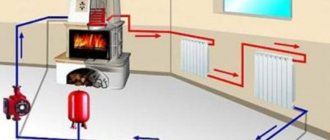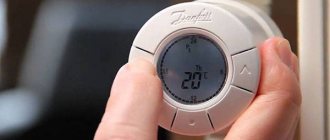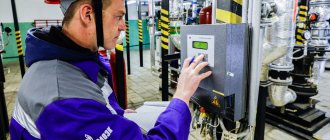As a child, almost everyone dreamed of a tree house. We built incomprehensible structures from branches and everything that came to hand, and who was more fortunate, invited friends to a real tree house, which was built by our parents. More precisely, usually the building was located at a height of up to a meter, but the thought that this was a tree house still warmed up.
Screenshot of the video from the Living Big In A Tiny House channel https://www.youtube.com/watch?v=GbzmlbWRo-0
Some are so imbued with their childhood dreams that they try to realize them in adult life. This was done by a man named John Williamson from New Zealand. He didn't just build a tree house, he turned the idea into a high-tech, amazing project.
Artificial Intelligence
You've seen films about him, but can he really appear in our lifetime? The answer is yes, it can. If you've seen how the famous Watson, developed in IBM laboratories, works, then you roughly understand what progress we have made in the field of artificial intelligence - and this is just the beginning. There is still a long way to go, but thanks to contextual technologies (like Siri, Google Now, or Cortana), we are learning to write such programs better and better. They can predict human actions and react to them correctly. It won't be long before we make a robot that can think. Or pretend to be thoughtful.
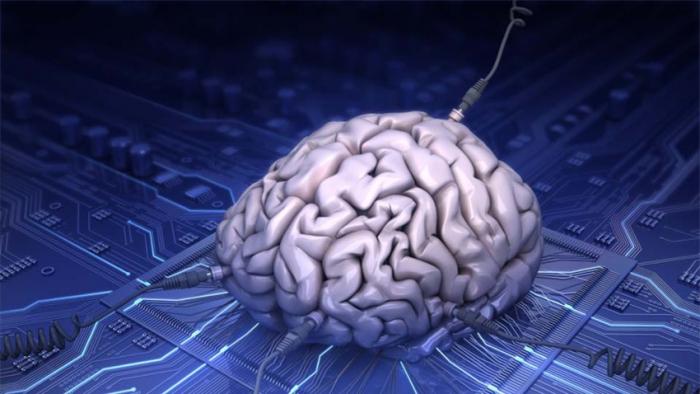
Robots will be everywhere
There have been tremendous advances in robotics over the past decade, and more can be expected in the next decade. There is no talk of fully intelligent robots yet, but stable and reliable robots that can work everywhere - quite. They start out on assembly lines and gradually learn to do more and more things that people don't want to do. Robots will be the best surgeons and sappers, accountants and astronauts. They will make you coffee, clean your house and bring fresh water to your room.


COVID-19 Pandemic Spurs Development of New Technologies and Services
Mass self-isolation, quarantine measures and social distancing can affect consumer behavior after the pandemic ends. Experts and participants in the high-tech market believe that one of the consequences of the epidemic for the market may be the more active development of contactless technologies that will make it possible to make payments or receive services as conveniently and quickly as before, but with more careful observance of personal hygiene measures in public places.
According to a survey conducted by the UK consulting company Foolproof, most consumers will seriously change their attitude to the use of technology on devices located in public places. This applies to ATMs, POS terminals, ticket and vending machines, etc. 80% of the 2000 respondents said they would try to use contactless technology as much as possible to ensure greater personal hygiene. Experts believe that even after the end of the pandemic, such a change in consumer habits can, on the one hand, have a serious impact on banks, retailers, the transport industry, and on the other hand, stimulate those segments of the high-tech industry that work on contactless payment methods, services, etc. .d.
As Foolproof co-founder Peter Ballard notes, “Our research clearly shows that people are far worse off about contact technology than they were before the pandemic. Moreover, there are indicators that this attitude will remain after the pandemic.We need to accept that people will be less willing to touch things than is required of them now. "
As examples of contactless technologies that such a trend in consumer behavior can stimulate, Foolproof cites the already quite popular voice assistants and smart speakers (Google Assistant, Amazon Alexa, etc.).
Integrated systems engineer David Atvatter of Enterprise Integration Group believes that after the pandemic, systems that allow transactions using voice commands will be more actively installed in ATMs, payment and ticket terminals and similar devices located in public places. In addition, he believes that more interest will be shown in the implementation of gesture command execution systems in public places, which now exists mainly on personal gadgets (smartphones, smartwatches and bracelets, players, etc.).
Already, many delivery services around the world have introduced a contactless system of communication with the consumer - the consumer pays for the order through online payment upon purchase, and the courier leaves the goods in front of the door.
Halfords, a British car service company, has already introduced a repair and maintenance system in which the owner of the car calls the technicians and leaves the car either in front of the house or in the nearest parking lot.
The head of the Australian marketing agency VMLY & R John Byrd believes that another direction for the development of contactless technologies after the pandemic may be the intensification of robotic delivery. If before the epidemic, robotic delivery in the United States and Europe, including drones, underwent long and painful tests and certification processes by government agencies, then during the epidemic, Chinese online retailers Alibaba and JD.com actively used courier robots to deliver goods to areas. most affected by the epidemic and closed to rigid quarantine.
50% of British consumers surveyed by FoolProof said that after the epidemic they will use contactless payments if they have a limit from their bank to make this payment.
25% said they would use ATMs less often, and 20% said they would buy groceries online more often. “We believe that the changes we are seeing now - more active use of styluses, QR codes, easier mobile payments, etc., are only an intermediate stage of a larger movement towards the ecosystem of contactless technologies,” says Mr. Ballard.
Evgeny Khvostik
Smart data
More and more things are becoming automated these days, but there is still something to be done manually. For example, add a new number to your contact list. Very soon, these processes may come to an end. A number of companies like RelateIQ are already working to automate your process of building your contact list, inboxes, messages, and other mundane things. There will come a time when it will be enough to say someone's name - and a new contact will automatically form on your phone.


Wearable electronics
With the aforementioned Google Glass and smartwatches, to a certain extent, we're already seeing where this is heading. Smart glasses and smartwatches are social devices that connect you to the outside world. There are other wearable electronics that work in conjunction with your body. For example, in-ear headphones that measure your heart rate; contact lenses that measure blood sugar; temporary tattoos that open doors using NFC technology and more. Now they are not very popular, but one day such a device will be able to save your life by warning in advance of a possible heart attack. There is no need to insert implants for this.
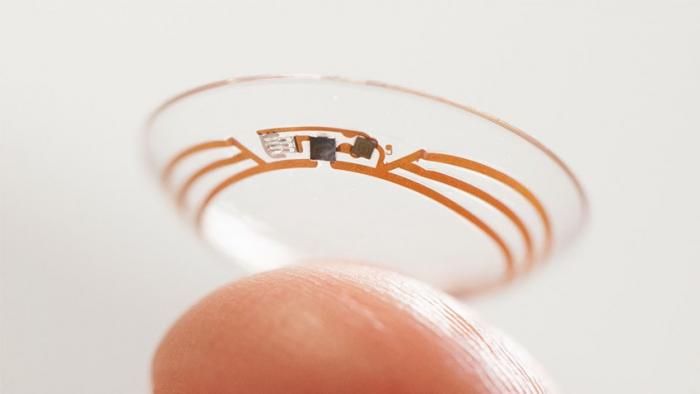

Smart glasses
We have a rough idea of what Google Glass is, and some even got the opportunity to try them out. Despite the pressure and controversy, Google Glass is still a very young product. All units of Google Glass are in beta testing. Over the next few years, Google will release a custom version that will be much cheaper. It can also be assumed that the company's competitors will also want to produce similar glasses. Not everyone is happy with them the first time, but in the end we will go through this stage too.
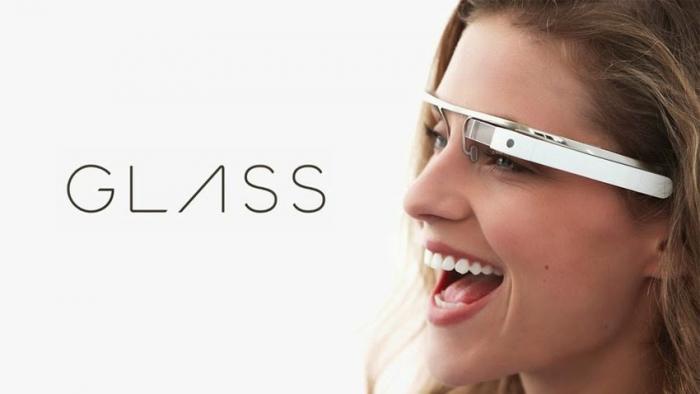

What is the building
At first glance, one gets the impression that this is a house from the future. It really resembles some kind of unidentified object that is hovering in the air.
As John admits, he did not particularly plan to build such a house. It was just that one day he came up with the idea of a tree house, and he created a more futuristic version of such a structure on a computer. Also, the young man really liked the idea of recycling materials and getting electricity from the sun, so he decided that it was worth trying to combine both of these ideas.
Having finished modeling on the computer, John began to quietly order materials. The most interesting thing is that the man works as a 3D designer. Welding and other construction work is alien to him. Therefore, he began to study information on how to make the foundation first, and then the rest of the building.
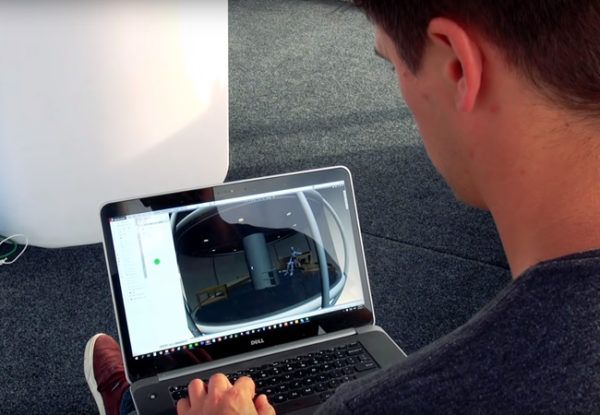

Screenshot of the video from the Living Big In A Tiny House channel https://www.youtube.com/watch?v=GbzmlbWRo-0
Gradually, he figured out the process and, without involving professionals, began construction. Since the house is practically at the level of a bird's eye view and its base is several times smaller in diameter, John used high-strength steel. According to him, the house is able to withstand even an earthquake of 8.5 points and wind at a speed of 200 km / h, so you should not be fooled by the seeming unreliability of the building "on a leg".


Screenshot of the video from the Living Big In A Tiny House channel https://www.youtube.com/watch?v=GbzmlbWRo-0
To support such a house, John installed a concrete slab weighing 50 tons in the ground.
Since the building is located on the top of a hill, a stunning view opens up from the inside. But getting into the house is not so easy. John chose not to use the keys. Instead, he installed a fingerprint scanner in the wall of the building. Therefore, only he or the one whose fingerprints he programs can get into the house. Moreover, the program can memorize up to 250 variants of "scans".
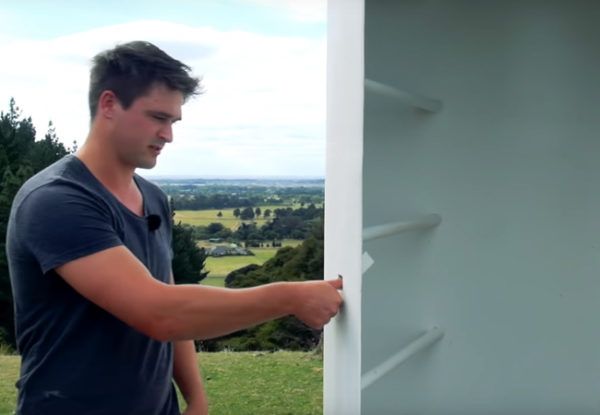

Screenshot of the video from the Living Big In A Tiny House channel https://www.youtube.com/watch?v=GbzmlbWRo-0


